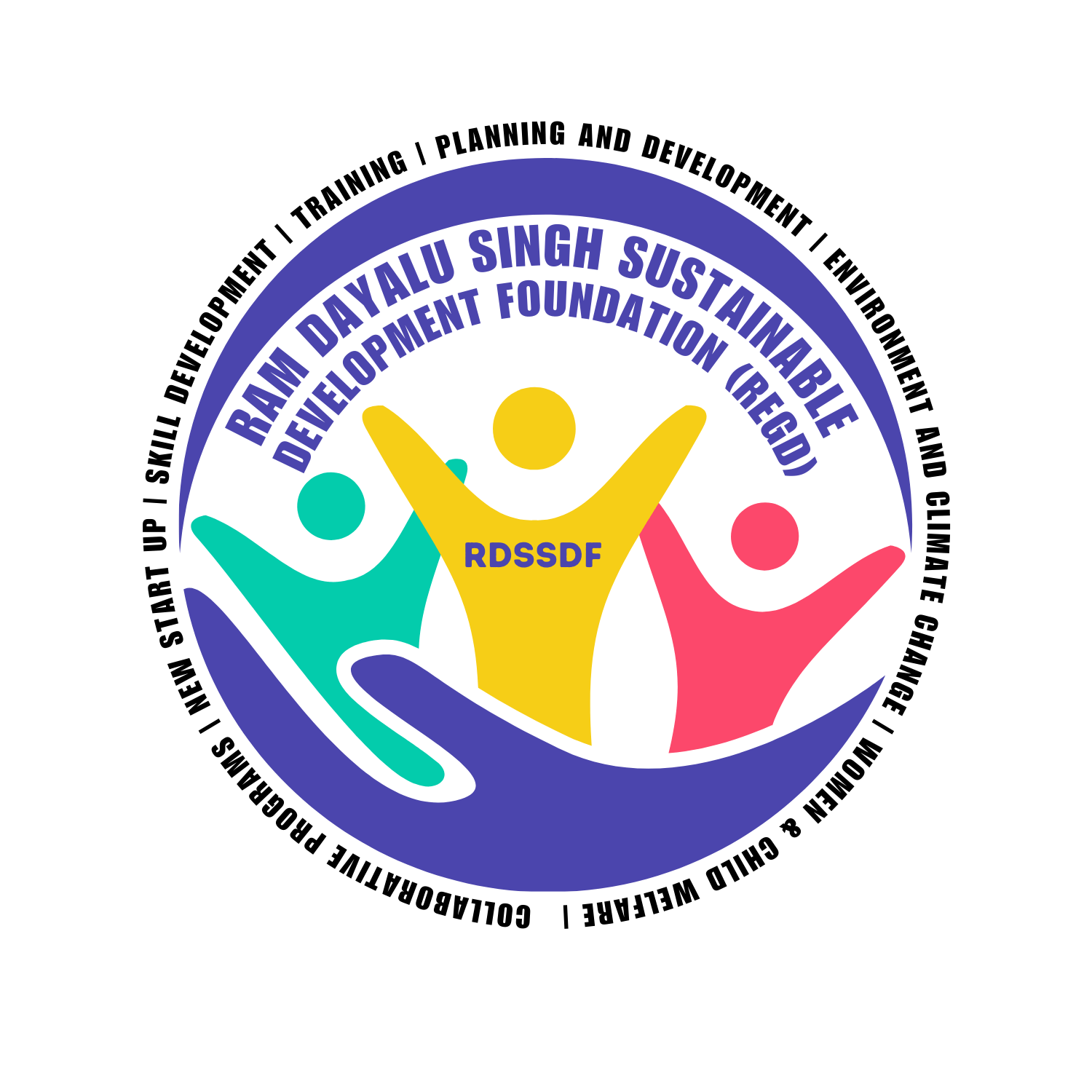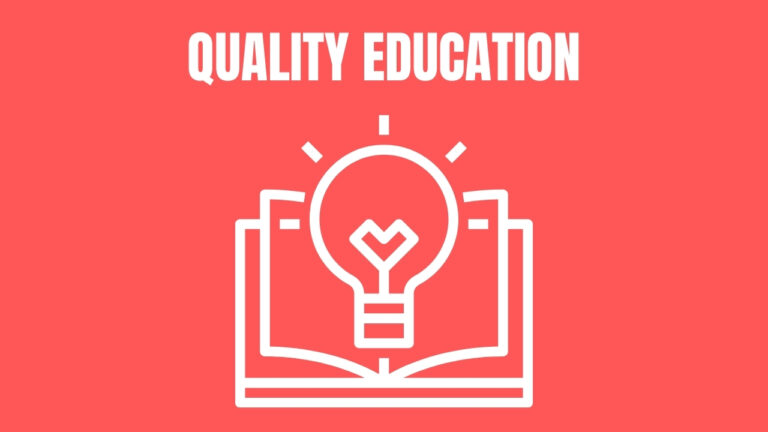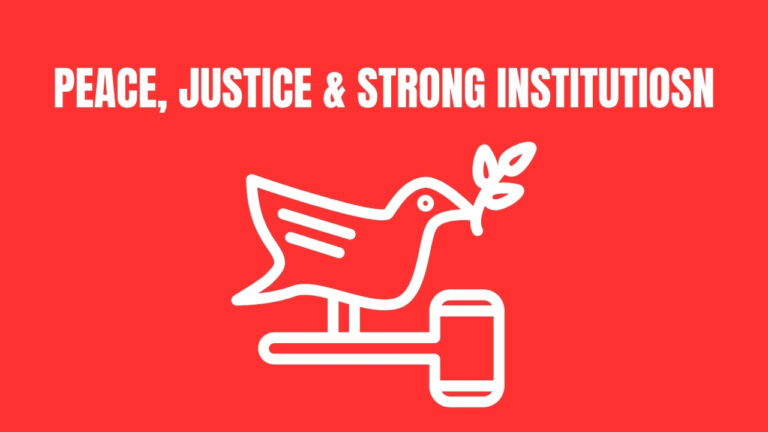Goal Overview
By 2030, end hunger and ensure access by all people, in particular the poor and people in vulnerable situations, including infants, to safe, nutritious, and sufficient food all year round.
Key Targets and Indicators
- By 2030, end hunger and ensure access by all people, in particular the poor and people in vulnerable situations, including infants, to safe, nutritious, and sufficient food all year round.
- Indicator: Prevalence of undernourishment.
- By 2030, end all forms of malnutrition, including achieving, by 2025, the internationally agreed targets on stunting and wasting in children under 5 years of age, and address the nutritional needs of adolescent girls, pregnant and lactating women, and older persons.
- Indicator: Prevalence of moderate or severe food insecurity in the population, based on the Food Insecurity Experience Scale (FIES).
- By 2030, double the agricultural productivity and incomes of small-scale food producers, in particular women, indigenous peoples, family farmers, pastoralists, and fishers, including through secure and equal access to land, other productive resources and inputs, knowledge, financial services, markets, and opportunities for value addition and non-farm employment.
- Indicator: Volume of production per labour unit by classes of farming/pastoral/forestry enterprise size.
- By 2030, ensure sustainable food production systems and implement resilient agricultural practices that increase productivity and production, that help maintain ecosystems, that strengthen capacity for adaptation to climate change, extreme weather, drought, flooding, and other disasters and that progressively improve land and soil quality.
- Indicator: Proportion of agricultural area under productive and sustainable agriculture.
- By 2020, maintain the genetic diversity of seeds, cultivated plants, and farmed and domesticated animals and their related wild species, including through soundly managed and diversified seed and plant banks at the national, regional, and international levels, and promote access to and fair and equitable sharing of benefits arising from the utilization of genetic resources and associated traditional knowledge, as internationally agreed.
- Indicator: Number of plant and animal genetic resources for food and agriculture secured in medium or long term conservation facilities.
Strategies and Actions
- Increase agricultural productivity: Invest in agricultural research, technology development, and rural infrastructure to enhance the productivity of small-scale food producers.
- Ensure food security: Implement social protection programs to provide access to food for vulnerable populations.
- Promote sustainable agriculture: Support practices that maintain ecosystems, improve soil quality, and increase resilience to climate change.
- Enhance genetic diversity: Maintain and manage seed and plant banks to ensure genetic diversity in agriculture.
FAO Actions to Support Monitoring
- Training programs: Organize training at regional and national levels on how to implement the statistical model used to estimate the Prevalence of Undernourishment.
- Technical assistance: Provide assistance for a FIES module of 8-10 questions to be added to national household surveys.
- Guidelines and materials: Prepare guidelines and training materials on how to implement integrated surveys in agriculture to maximize data availability.
- Expert meetings: Organize meetings to advance consensus on methodology.
- Webinars and workshops: Train national focal points on the use of tools to report on conserved plant and animal genetic resources.
- Food Price Monitoring Tool: Develop a module in the Food Price Monitoring and Analysis Tool to allow countries to calculate the indicator automatically.
Conclusion
Ending hunger and achieving food security is critical for sustainable development. With targeted efforts and increased investments in sustainable agriculture, we can ensure that everyone has access to sufficient, safe, and nutritious food all year round. Working together, we can build a world free from hunger and malnutrition.





 Welcome to Ram Dayalu Singh Sustainable Development Foundation (RDSSDF), a beacon of hope and progress for the sustainable development of India. As a National Level Public Charitable Trust, it is dedicated to providing comprehensive support and innovative solutions.
Welcome to Ram Dayalu Singh Sustainable Development Foundation (RDSSDF), a beacon of hope and progress for the sustainable development of India. As a National Level Public Charitable Trust, it is dedicated to providing comprehensive support and innovative solutions.